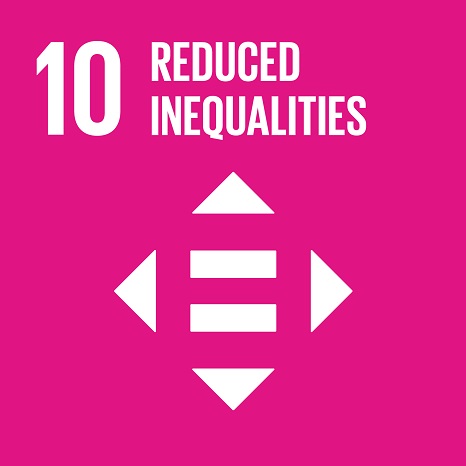Ciência_Iscte
Publications
Publication Detailed Description
Impact of different front-of-pack nutrition labels on online food choices
Journal Title
Appetite
Year (definitive publication)
2020
Language
English
Country
United States of America
More Information
Web of Science®
Scopus
Google Scholar
Abstract
Front-of-pack nutrition labels (FOP-NL) are efficient tools for increasing consumers' awareness of the nutritional quality of food products, prompting healthier food choices. The main goal of this study was to evaluate the impact of four FOP-NL schemes - Traffic Light label (TL), Guideline Daily Amounts (%GDA), Nutri-Score (NS) and Health Star Rating (HSR) - on consumers' selection of food products according to perceived nutritional quality. A cross-sectional open-label crossover randomized controlled study was carried out among Portuguese consumers. A web-based questionnaire was used to assess participants' a) preferences regarding FOP-NLs and b) capacity to select healthy products in a food selection task using the information from FOP-NL schemes. When performing the selection task, participants had the option to indicate that they could not decide simply based on the presented FOP-NL (requiring more information). Overall, 357 adults participated in the study. Regarding consumers' preferences, TL received the most favorable responses, while NS received the fewest. All FOP-NLs performed better than the no-nutritional label control condition in the food selection task. The highest proportion of correct choices was obtained for TL (72.3%), followed by HSR (70.9%), %GDA (70.0%) and NS (62.2%), though no significant differences were found among FOP-NLs. Percentages of respondents indicating not being able to answer due to lack of information affected the proportion of correct choices, with 10.3% for TL, 12.9% for %GDA, 14.6% for HSR, and 25.8% for NS, indicating they were unable to choose without additional information. Although no particular FOP-NL system stood out as the most significantly effective, TL was the most preferred by Portuguese adults. Long-term real-world evidence is necessary to assess the impact of FOP-NL systems on individuals’ food choices.
Acknowledgements
--
Keywords
Community health,Health promotion,Food choice,Nudge,Effectiveness assessment,Survey
Fields of Science and Technology Classification
- Health Sciences - Medical and Health Sciences
- Psychology - Social Sciences
Funding Records
| Funding Reference | Funding Entity |
|---|---|
| UIDB/04295/2020 | Fundação para a Ciência e a Tecnologia |
| UIDB/03126/2020 | Fundação para a Ciência e a Tecnologia |
Contributions to the Sustainable Development Goals of the United Nations
With the objective to increase the research activity directed towards the achievement of the United Nations 2030 Sustainable Development Goals, the possibility of associating scientific publications with the Sustainable Development Goals is now available in Ciência_Iscte. These are the Sustainable Development Goals identified by the author(s) for this publication. For more detailed information on the Sustainable Development Goals, click here.

 Português
Português




